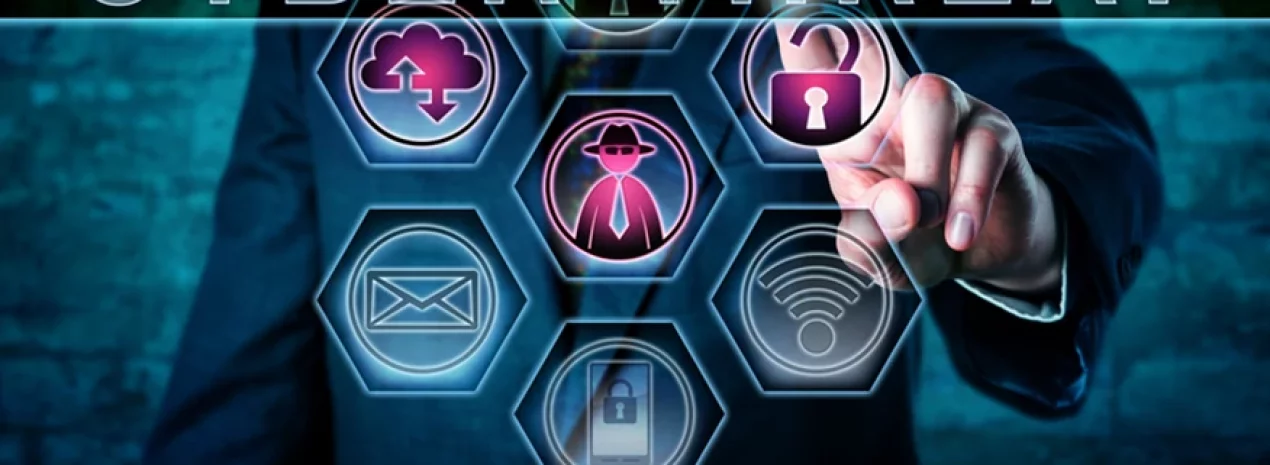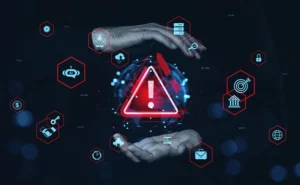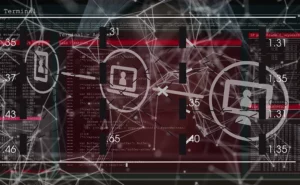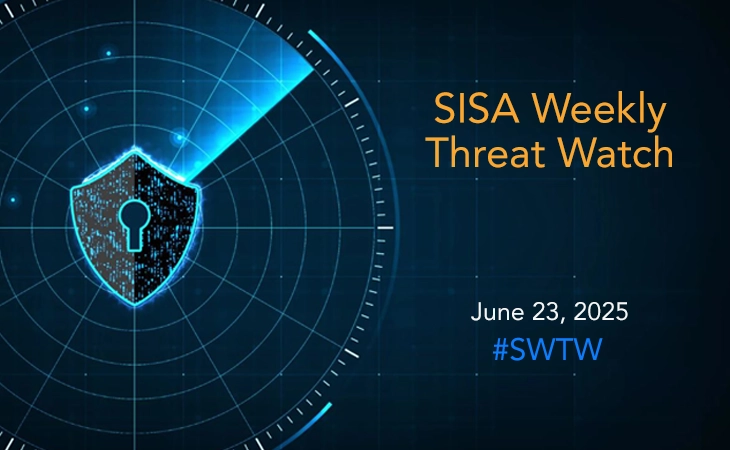

5 Must-Have Features in Your Next MDR Solution
Selecting the right MDR solution is a strategic decision that can significantly impact your organization's cybersecurity resilience. The ideal MDR solution should offer continuous monitoring, advanced threat hunting, custom use case development, automated incident response with SOAR, and robust integration with third-party security tools.
In the fast-paced world of cybersecurity, Managed Detection and Response (MDR) solutions have emerged as a linchpin in fortifying organizational defenses against increasingly sophisticated cyber threats. For decision-makers in the cybersecurity realm, choosing the right MDR solution is pivotal. This blog delves into five essential features that a robust MDR solution should offer, ensuring that your investment not only enhances your security posture but also aligns with your strategic objectives.
1. Continuous Monitoring
In the digital era, threats never sleep, and neither should your MDR solution. Continuous monitoring is the bedrock of any effective MDR service. This feature ensures round-the-clock surveillance of your network, identifying and alerting on potential security incidents in real-time. The continuous analysis of logs, network traffic, and user behavior data allows for immediate detection and response to security events, reducing the ‘dwell time’ of an attacker within the network. It’s not just about having eyes on the network; it’s about having intelligent, analytical eyes that can discern between normal operations and potential threats. Continuous monitoring enables organizations to maintain a persistent security posture, essential in a landscape where threat actors are constantly probing for vulnerabilities.
2. Advanced Threat Hunting
Advanced threat hunting is a proactive feature that sets apart next-gen MDR solutions. This capability involves actively searching for and identifying hidden threats that evade traditional security measures. Advanced threat hunting leverages the latest in machine learning and user and entity behavior analytics (UEBA) to detect anomalies indicative of sophisticated cyberattacks. This proactive approach is vital in detecting advanced persistent threats (APTs) and insider threats, ensuring that threats are identified and neutralized before they escalate into full-blown breaches. Additionally, AI and ML algorithms facilitate risk scoring, evaluating threats based on severity, likelihood, and potential impact to prioritize response efforts effectively and minimize false positives.
3. Custom Use Cases
Every organization is unique, and so are its security needs. A top-tier MDR solution offers the flexibility to develop custom use cases tailored to your specific environment and industry. This feature allows for the customization of security policies, alert thresholds, and response strategies to align with your organizational context. Custom use cases ensure that the MDR solution resonates with your unique risk profile, technology infrastructure, industry regulations, and specific security concerns, thereby enhancing the effectiveness of your cybersecurity strategy.
4. Automated Incident Response with SOAR
In the event of a security incident, time is of the essence. Next-gen MDR solutions are integrated with Security Orchestration, Automation, and Response (SOAR) capabilities to provide an automated and coordinated incident response. This feature streamlines the process from detection to remediation, minimizing the incident’s impact. SOAR tools automate routine tasks, orchestrate workflows, prioritize alerts, and provide decision support, enabling a swift and efficient response to threats. This automation not only speeds up response times but also reduces the scope for human error, enhancing overall security efficacy.
5. Integration with Third-party Security Tools
In today’s complex IT environments, an MDR solution must play well with others. The ability to integrate seamlessly with existing third-party security tools is crucial. This integration capability ensures that the MDR solution can leverage and enhance your current security investments, providing a unified view of your security posture. Integration with existing security information and event management (SIEM) systems, firewalls, endpoint protection platforms, threat intelligent feeds and other security tools is essential for a cohesive and comprehensive security approach.
Conclusion
Selecting the right MDR solution is a strategic decision that can significantly impact your organization’s cybersecurity resilience. The ideal MDR solution should offer continuous monitoring, advanced threat hunting, custom use case development, automated incident response with SOAR, and robust integration with third-party security tools. These features collectively ensure that your MDR solution is not just a security tool but a strategic ally in your ongoing battle against cyber threats. As cyber risks evolve, so should your defenses. An MDR solution with these key features are indispensable for modern-day enterprises striving to safeguard their digital frontiers in an increasingly complex cyber landscape.
To know how Next-Gen MDR solutions can revolutionize cyber defense and fortify security posture, download our whitepaper on Advanced Threat Detection & Response: Why Modern Organizations Need MDR Beyond Traditional SOCs.
Get started on your DPDP journey today! Talk to SISA’s experts to learn more about India’s Digital Personal Data Protection Act and how SISA Radar can guide your organization towards compliance.
Latest
Blogs
Whitepapers
Threat-a-Licious
Customer Success Stories

SISA is a Leader in Cybersecurity Solutions for the Digital Payment Industry. As a Global Payment Forensic Investigator of the PCI Security Standards Council, we leverage forensics insights into preventive, detective, and corrective security solutions, protecting 1,000+ organizations across 40+ countries from evolving cyberthreats.
Our suite of solutions from AI-driven compliance, advanced security testing, agentic detection/ response and learner focused-training has been honored with prestigious awards, including from Financial Express, DSCI-NASSCOM and The Economic Times.
With commitment to innovation, and pioneering advancements in Quantum Security, Hardware Security, and Cybersecurity for AI, SISA is shaping the future of cybersecurity through cutting-edge forensics research.
Company
Resources
Quick Links
Copyright © 2025 SISA. All Rights Reserved.
 USA
USA India
India APAC
APAC Middle East
Middle East Global
Global





 Facebook
Facebook Linkedin
Linkedin  X
X Youtube
Youtube





